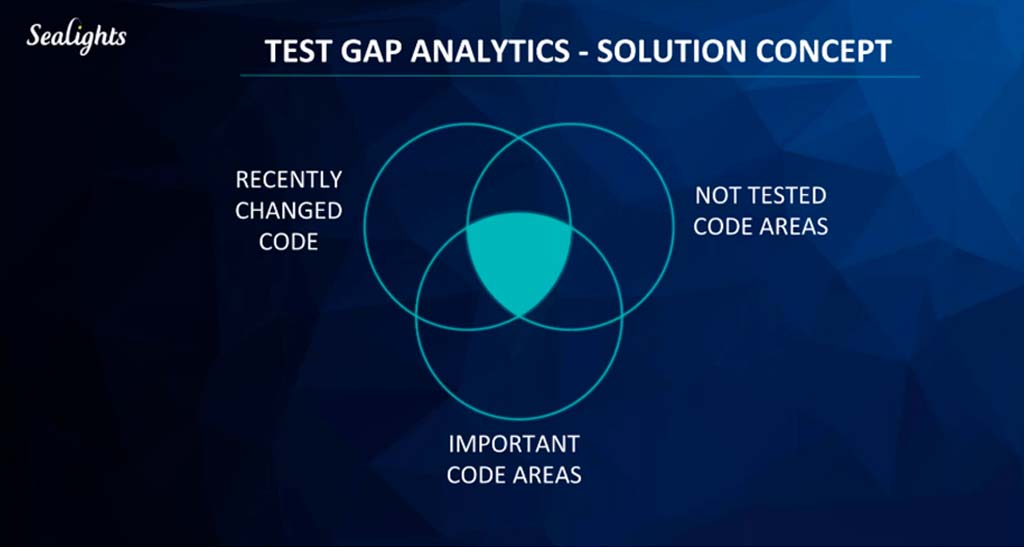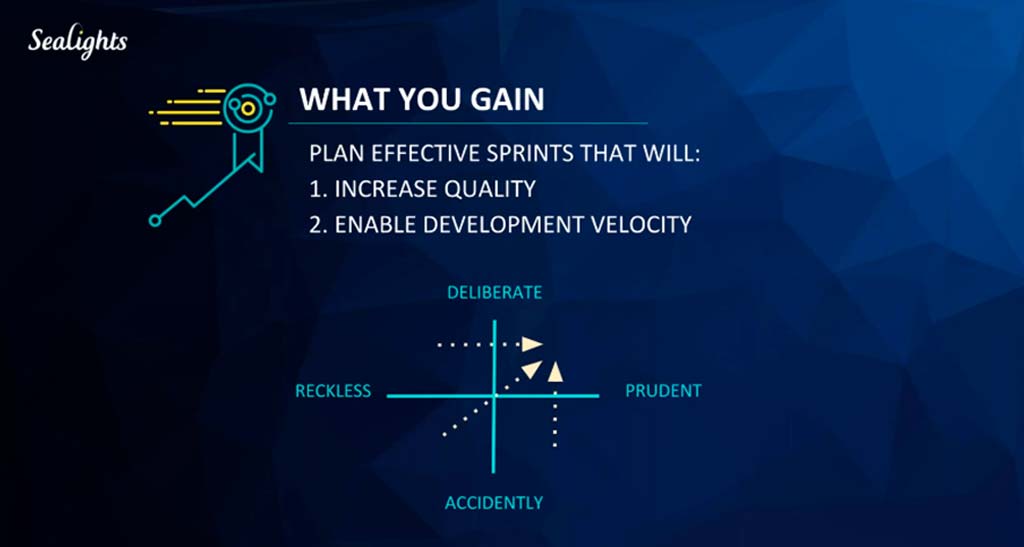The role of the QA manager has had to evolve to keep up with the changes in software development and delivery. With the advent of Industry 4.0, organizations in virtually all industries have begun to focus more on software. This has led to an increased demand for better, high-quality and more efficient software.
The need to rapidly deliver software to clients has transformed the software development space into a fast-paced, high-velocity environment — one that is forcing software teams to code much faster and deliver features more quickly.
This has precipitated several innovations in the software dev space, including the move to DevOps and Agile practices as well as the adoption of new technologies like SaaS, microservices, serverless, big data, artificial intelligence, and machine learning.
Although these innovations transformed the software development environment and gave birth to a new technology stack, they’ve also made the role of traditional QA managers obsolete.
The adoption of DevOps and Agile practices caused the creation of new roles such as DevOps engineer and Scrum Master; roles that appropriated most of the responsibilities of traditional QA managers.
Despite this shift, the role of QA managers has become more important than ever.
What’s the New Role of QA Managers in Agile Sprint Planning?
Software dev teams in today’s fast-paced development environments have to code much faster and the short, continuously iterative development practices that characterize Agile methodologies mean that QA teams are forced to write and run lots of integration tests for each software component.
The number of different form factors, the sheer amount of tests and the need to release as soon as possible puts a lot of pressure on software development organizations, especially the QA team.
As such, testing has become a bottleneck, resulting in inefficiencies and waste of engineering resources (due to the writing of redundant tests). To combat this, QA managers in today’s software development environment must assume new roles in agile sprint planning.
Rather than focusing on the tests being created, QA managers should provide a robust selection of tools, processes, and platforms to help testing engineers. They also need to resolve the following challenges:
- Decide which tests are relevant and the specific value that each test provides
- Determine and invest time and resources only on the areas that need them the most
- Collate and explore pertinent data to make relevant and informed decisions about the factors and processes causing the production of low-quality products
These challenges are a result of everyone working in a high-velocity environment coupled with the hassle of keeping tabs on the thousands of data items being generated in the software development pipeline. To ensure the efficient production and fast release of high-quality products in such an environment, QA managers must be able to make data-driven decisions.
Today’s software development pipeline continuously generates massive amounts of data from multiple channels; data which must be taken into consideration during the QA decision making process. This data includes test data (parameters and values to be used), environment data, build data, coverage data and production data.
Collating and analyzing this endless stream of big data can provide QA managers with sufficient insight and visibility into factors affecting the velocity, quality, and efficiency of their software engineering processes and deliverables. However, human beings are incapable of processing and making sense of such huge amounts of information.
Which is why QA managers need to leverage robust big data and smart analytics solutions like SeaLights’ Quality Intelligence Platform. These solutions help QA managers make more informed decisions on testing activities, resulting in higher product quality, increased velocity and improved efficiency of the entire software development process.
SeaLights’ Quality Intelligence Platform also helps to reduce technical debt.
The high release velocity expected of development organizations means that there is less time available for dev teams to write and execute new tests.
Scrum teams usually have limited or no visibility on the areas of code being tested. As such, they waste time and engineering resources writing and running unnecessary tests since they have no idea whether they are testing the right sections of code or even using the right tests.
This often creates test gaps — areas of code that were either not tested in a certain build or during release cycles. These test gaps increase technical debt and introduce quality issues and problems with software down the road — meaning that software teams have to spend even more time fixing problems rather than developing new features.
To prevent this, QA managers should leverage Test Gap Analytics, (a core feature of SeaLights’ Quality Intelligence solution) during scrum sprint planning activities. By using the Test Gap Analytics report, QA managers can help increase software quality (by maintaining low-risk technical debt) and enable improved development/release velocity (through the building of high-quality regression safety nets).
The Test Gap Analytics report aggregates all pertinent data related to all the builds, all the changes that occurred in the builds, and all the tests that ran on the environments on which these builds were deployed.
TEST GAP ANALYTICS – SOLUTION CONCEPT

It helps identify where actual test gaps exist in code by collecting relevant data in real-time from multiple sources across the software development pipeline including code changes, builds, historical data, and trends. It analyzes this data to provide visibility into the areas of code that matter the most.
Test Gap Analytics combines refactoring, code analysis, machine learning, and data mining techniques to enable QA managers to make accurate decisions on where and when tests should be written and executed. Such data-driven decisions are key to increasing release velocity in fast-paced development organizations and makes for more effective agile sprint planning.
What You Gain
Plan effective sprints that will:
- Increase Quality
- Enable Development Velocity

Conclusion
With SeaLights Test Gap Analytics, QA managers can finally transition into their new roles and effectively guide scrum teams in maintaining low-risk technical debt and improving software quality by focusing their efforts on developing new tests for test gaps within their code.
By leveraging Test Gap Analytics, QA managers are well equipped to reinvent their roles in today’s fast-paced development environment while ensuring improved software quality, reduced technical debt, and shorter release cycles.